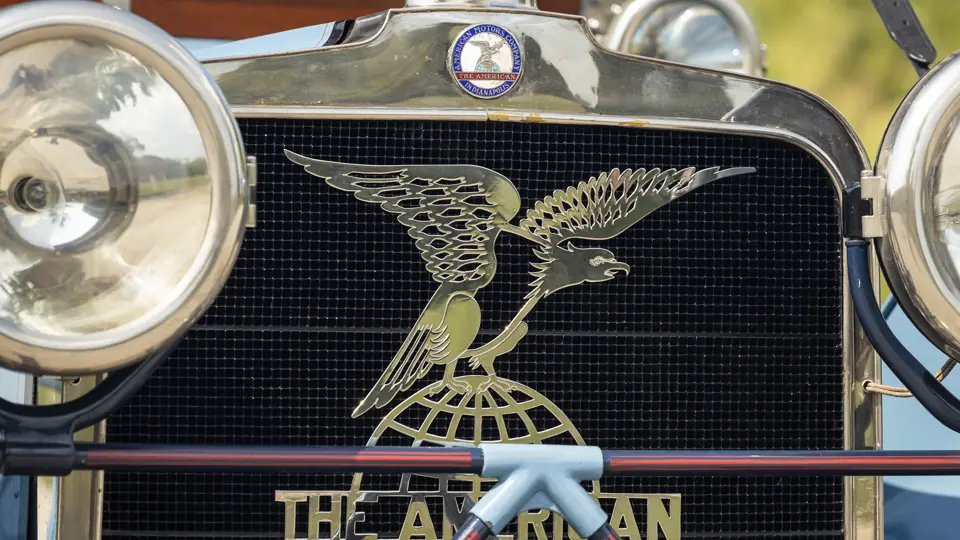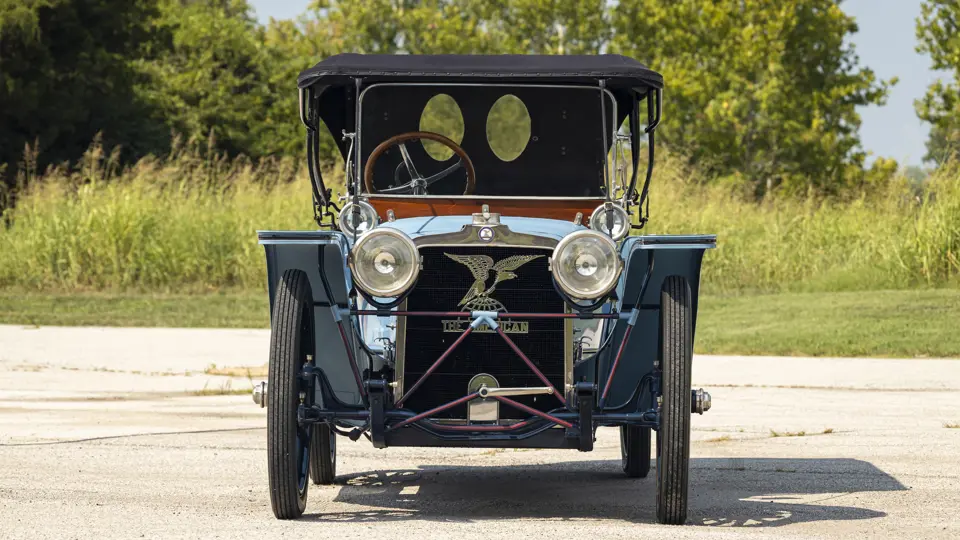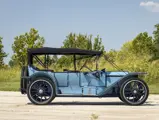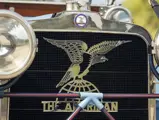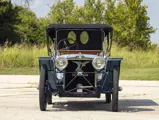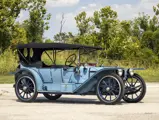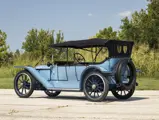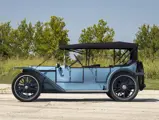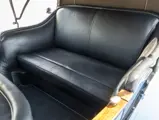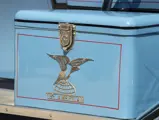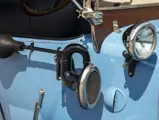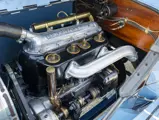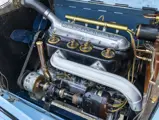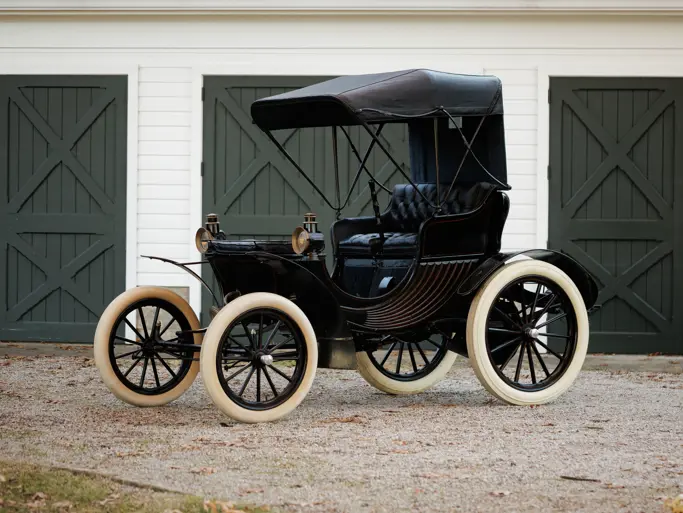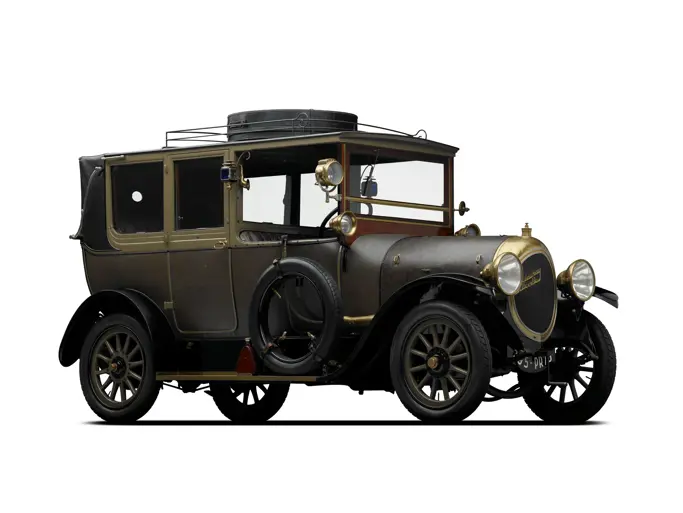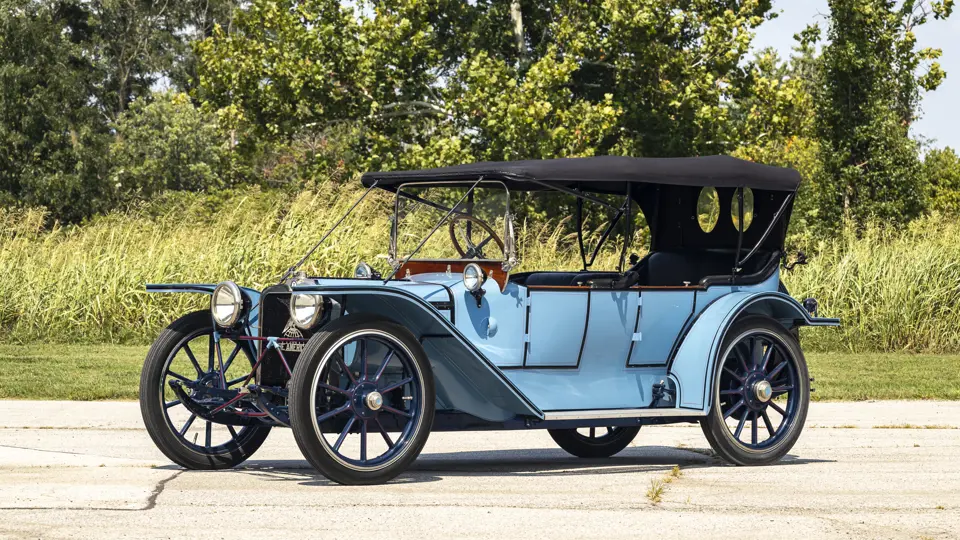
1913 American Underslung Model 34-A Tourist
{{lr.item.text}}
$175,000 - $225,000 USD | Not Sold
{{bidding.lot.reserveStatusFormatted}}
- Among America’s earliest sporty cars, noted for its handling
- Formerly owned by Harrah’s Automobile Collection and William K. Haines, Sr.
- One of fewer than two dozen surviving “senior” American Underslungs
- Nicely presented, attractive older restoration
The American Underslung was one of the foremost automobiles built in Indianapolis, in an era when the Crown City was one of the Midwest’s centers of motor car production. Designed by Fred Tone, it featured a highly advanced chassis design that ran under and dipped between the axles, lowering the car’s body and center of gravity nearer the ground. This resulted not only in beautiful, slinky styling, but superb handling to match the performance of its four-cylinder engines. Simply put, the American was expensive, and worth it—it was a beautifully constructed performance automobile that, with lightweight bodywork, can justifiably be considered the United States' earliest sporty car.
The Model 34-A Tourist offered here, equipped with a 32-horsepower T-head four-cylinder engine, is one of just 23 known surviving “senior” Underslung cars, and one of three known examples of this model. It was acquired in 1962 from the estate of garage owner Fred “Spot” Neal of Burley, Idaho by the famed Harrah’s Automobile Collection, as a disassembled project. Harrah’s completed some work on the car, including reassembling the bodywork with panels recreated as needed, before selling it at their dispersal auction in 1984.
Later the car would become part of the distinguished collection of honored World War II bomber pilot and successful businessman William K. Haines, Sr. of Canton, Ohio, an avid Underslung connoisseur who eventually owned at least five examples. In 2004 the car was sold from the Haines Collection to Jim Bradley of Oklahoma and has since resided quietly with a series of private enthusiasts. Today the example presents well in its older restoration—with beautiful bright blue paint, nickel-finished brightwork, electric lighting, and black leather interior—still holding up nicely with only some signs of use to the finishes and undercarriage.
A car for the connoisseur of Brass Era automobiles to enjoy on tour or show field, this car is a wonderful specimen from American—the company that added welcome sportiness to the US motoring field.
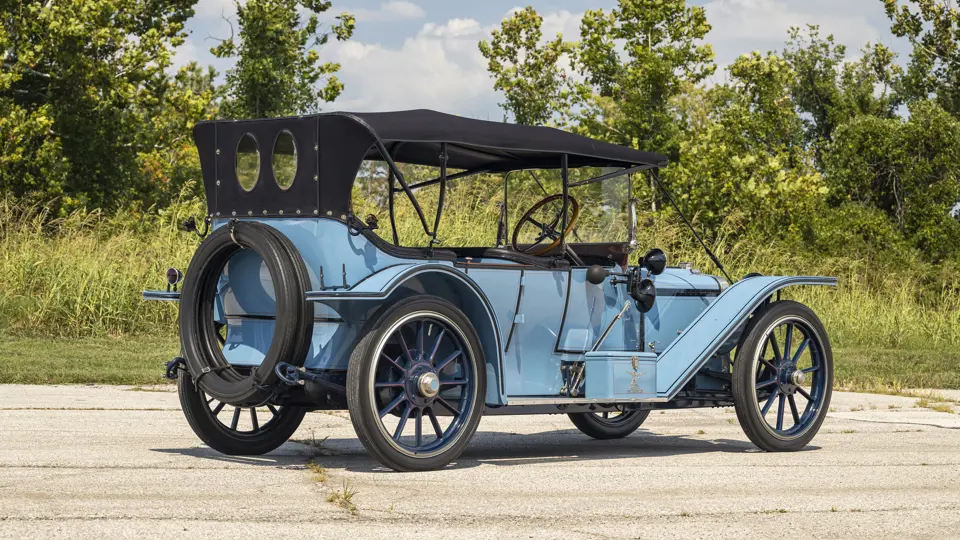
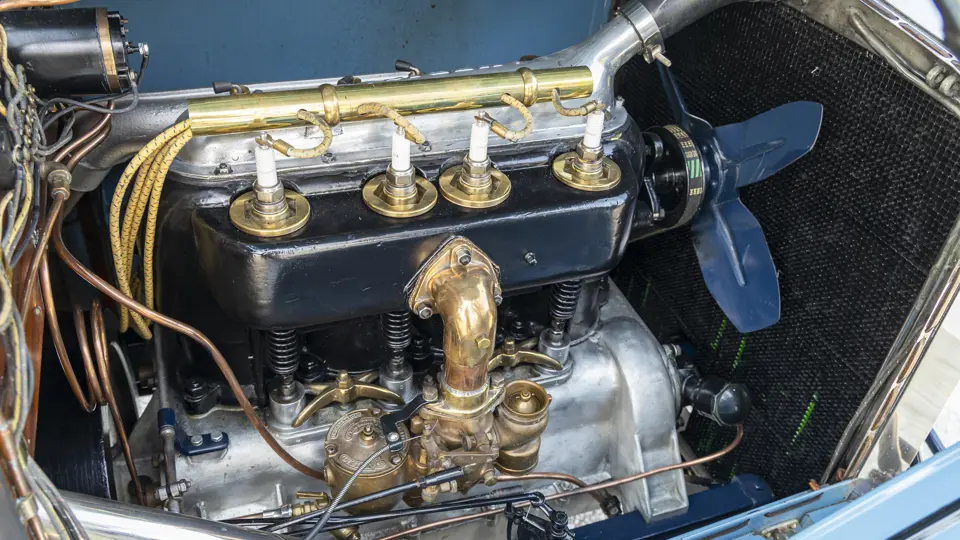


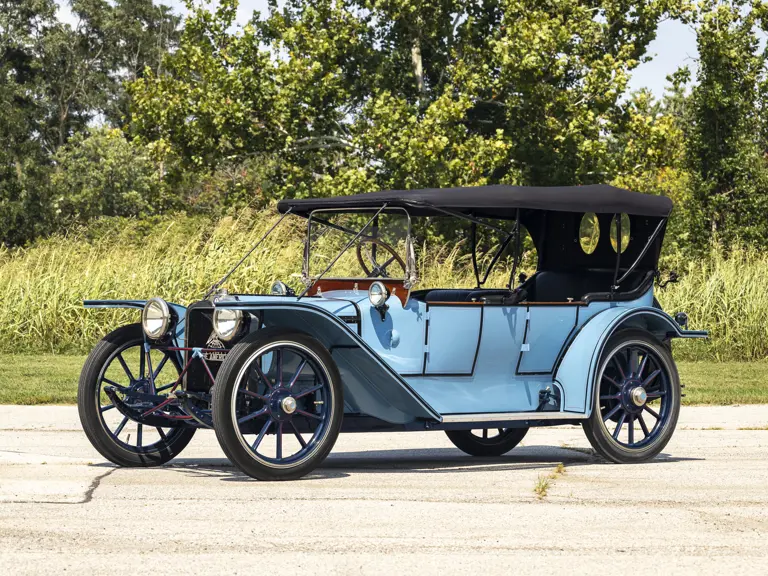
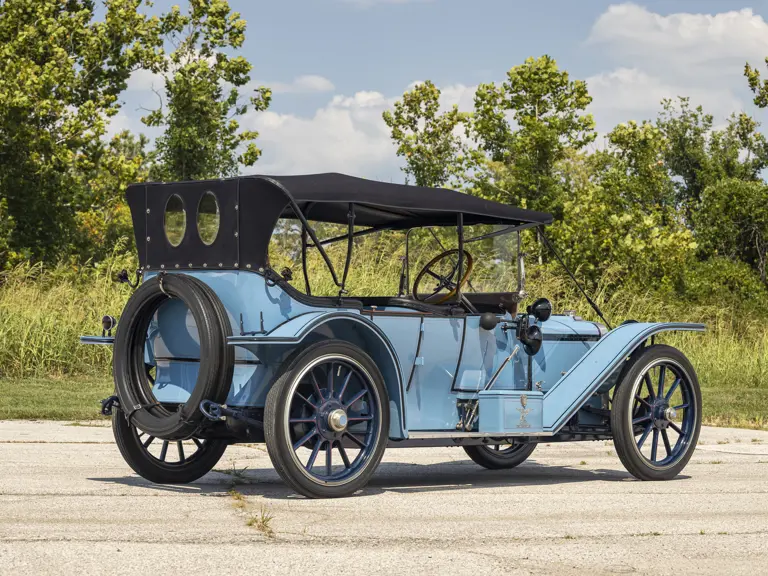



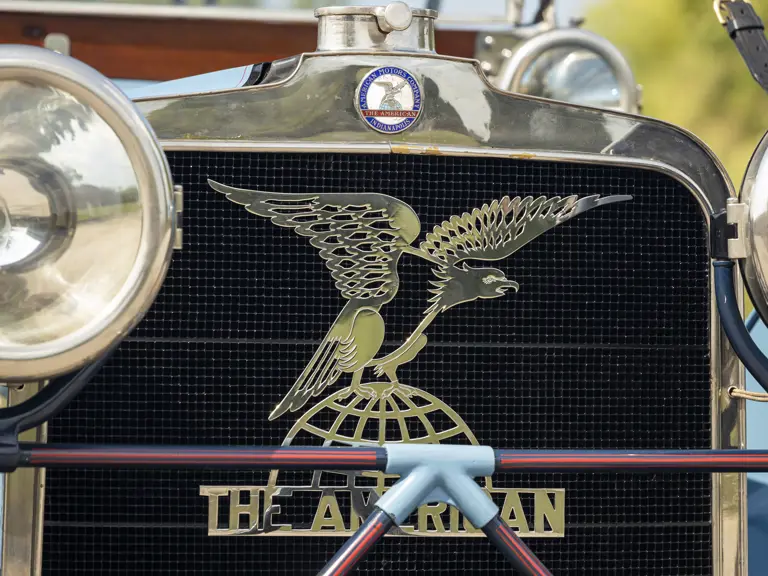
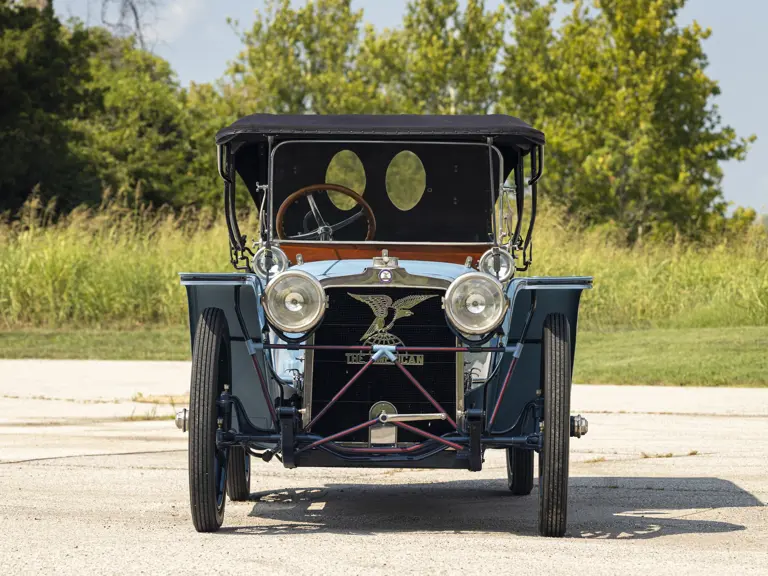
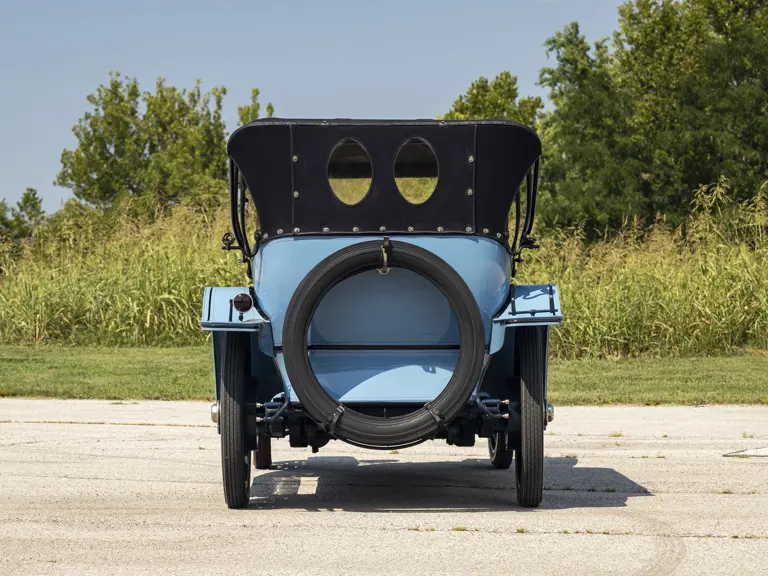
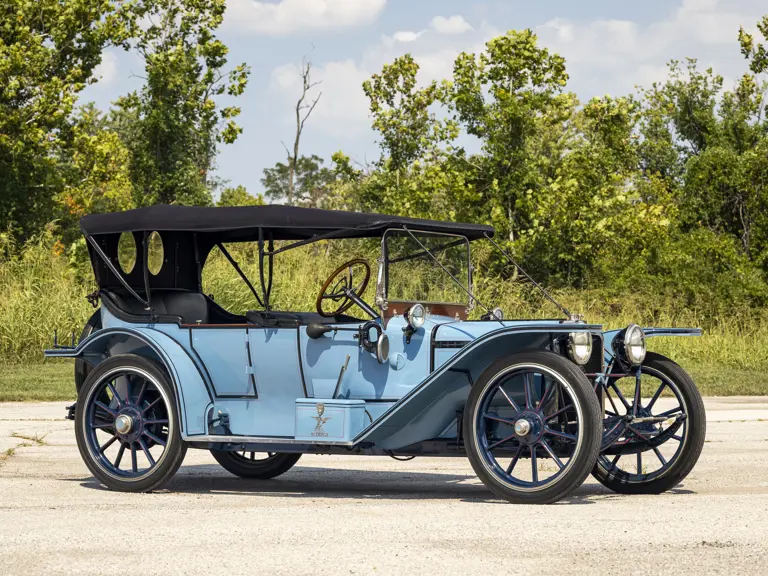
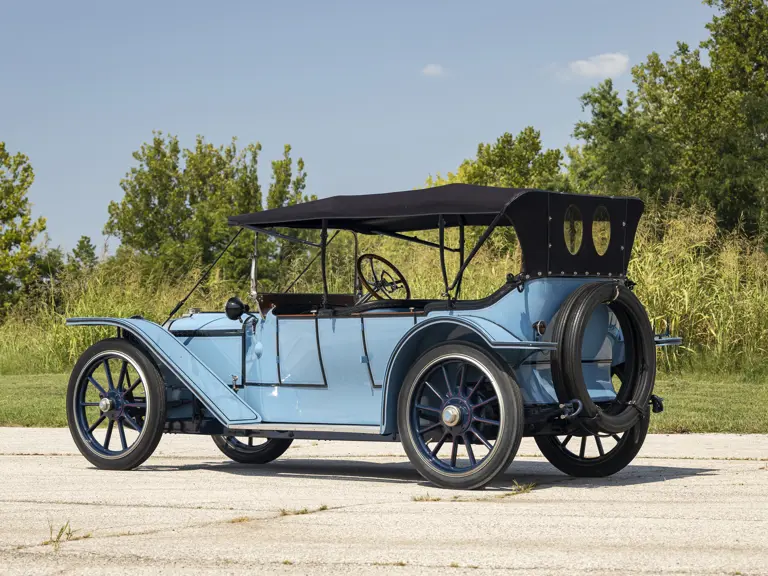
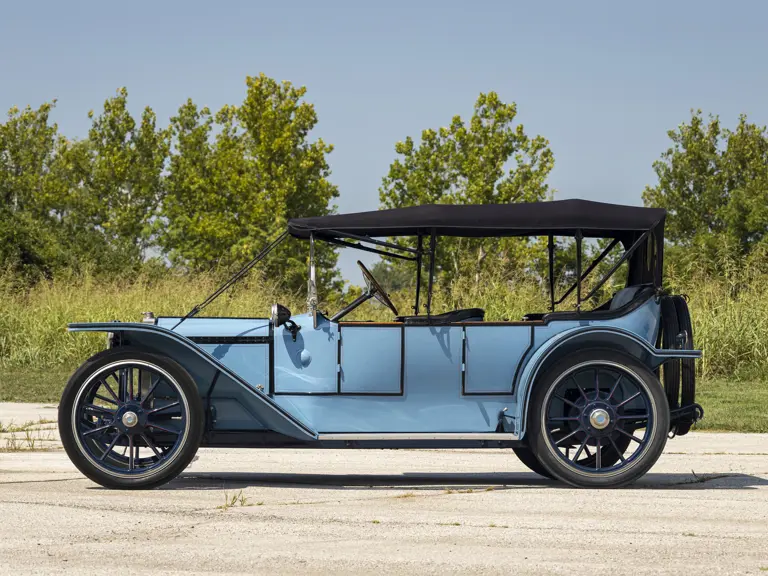
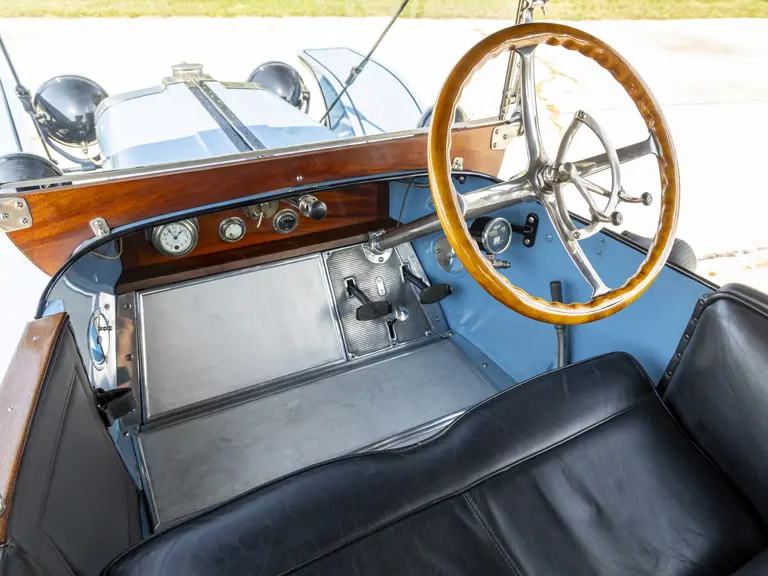
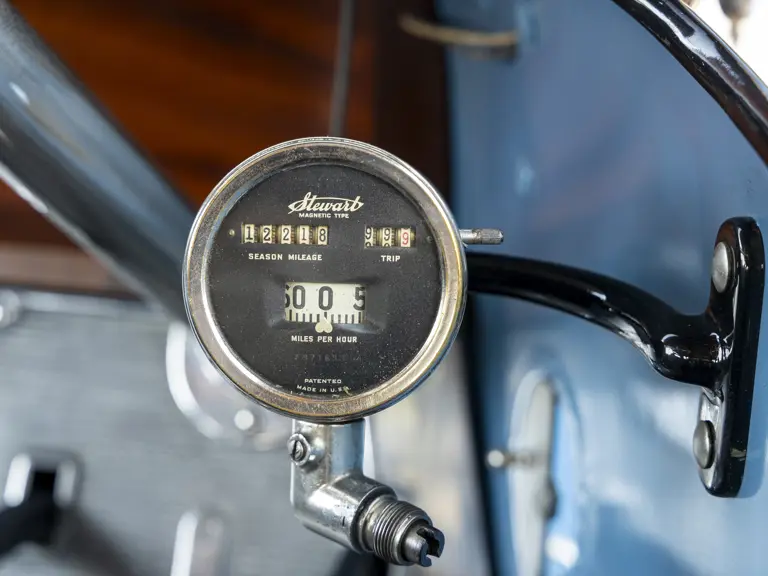


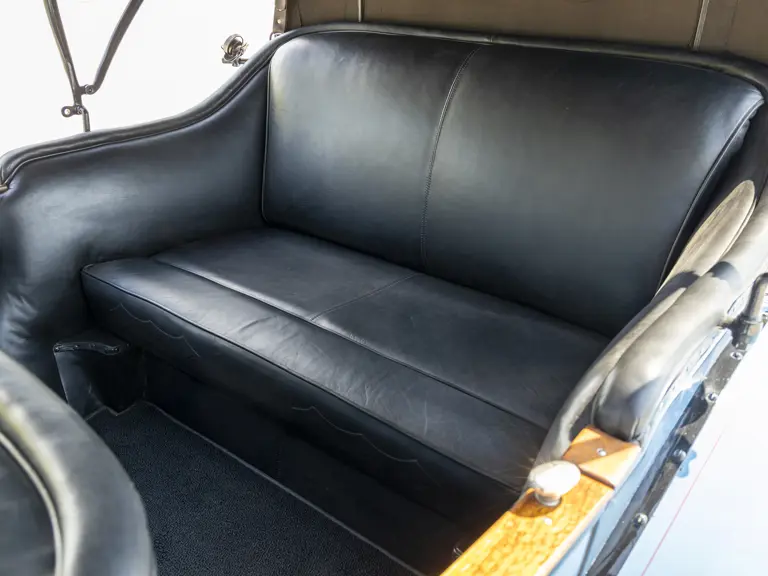
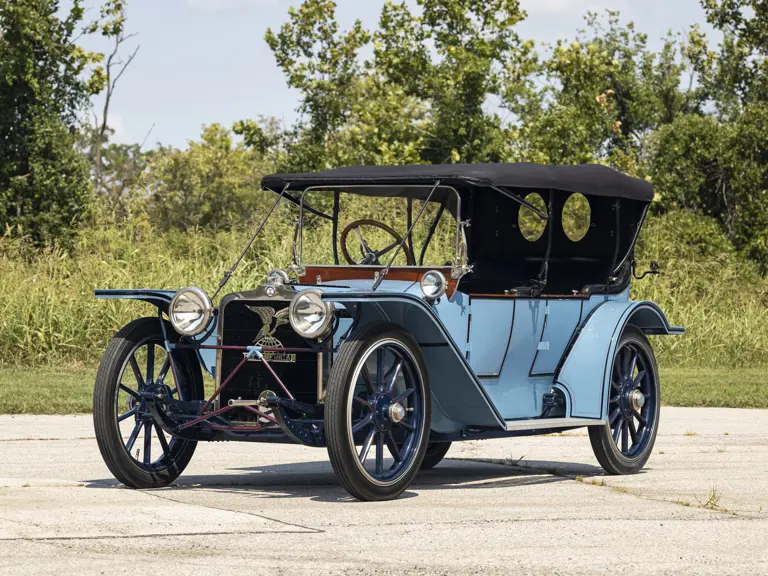
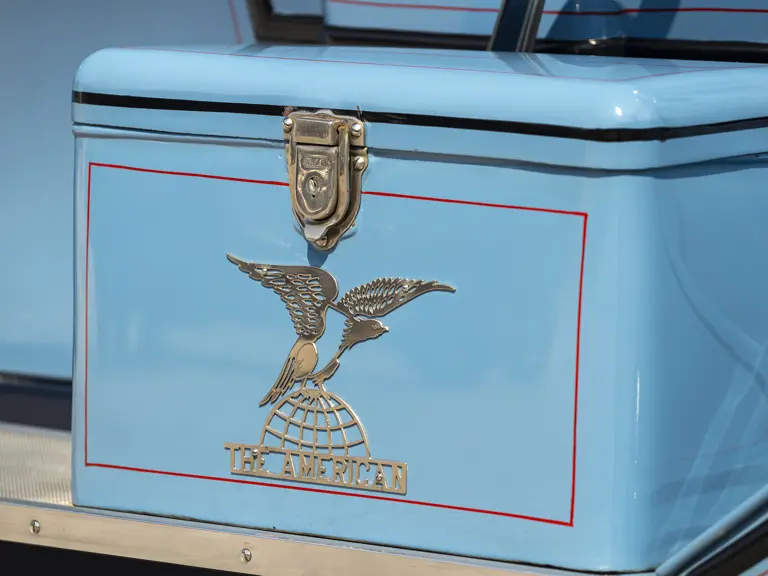
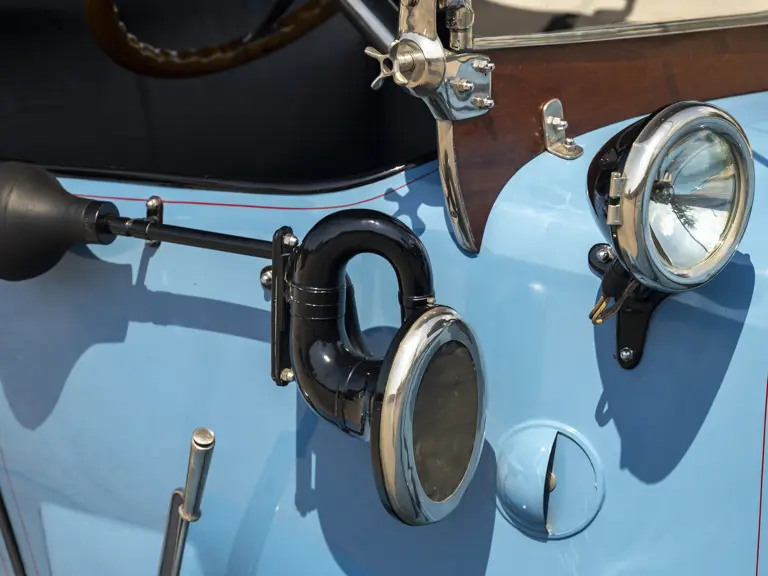
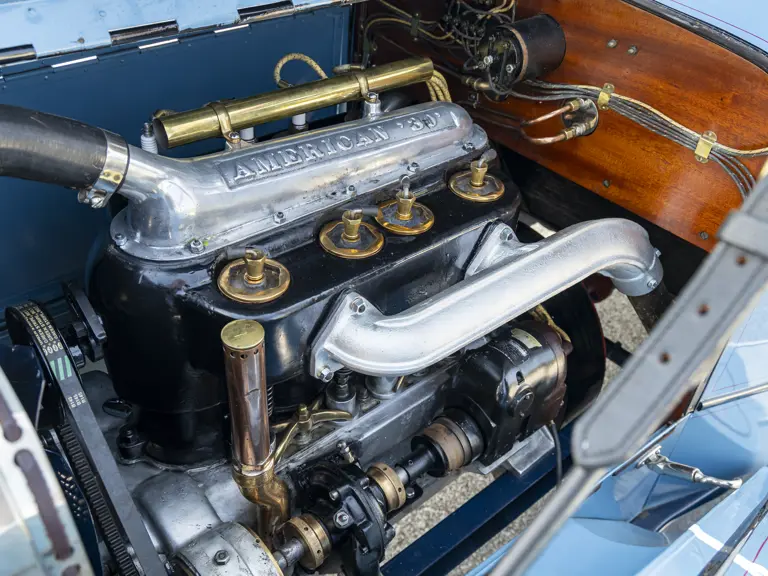
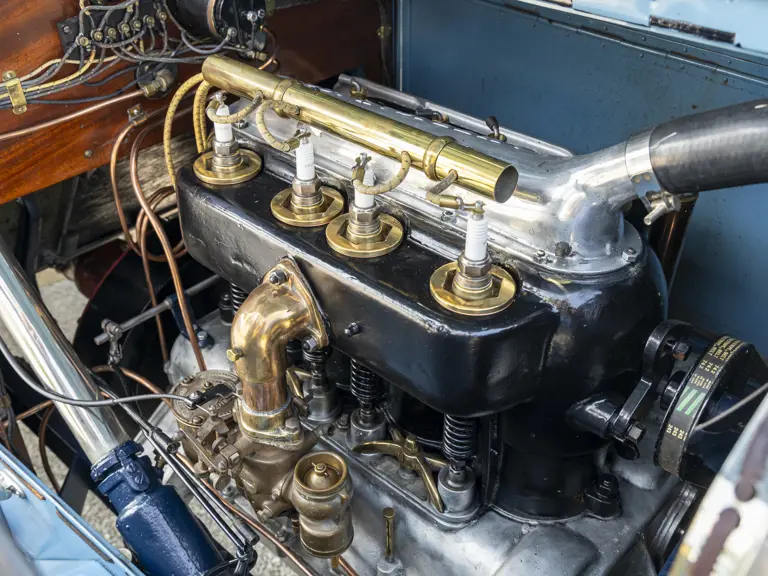
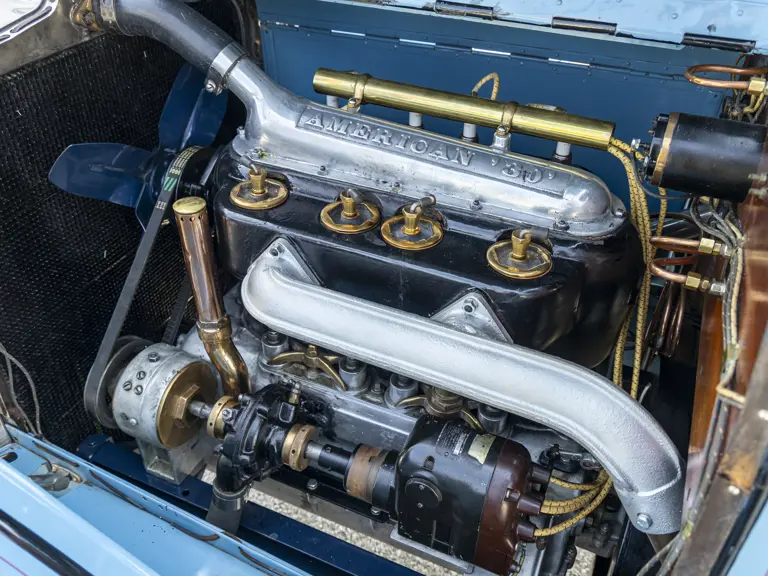
 | Hershey, Pennsylvania
| Hershey, Pennsylvania

